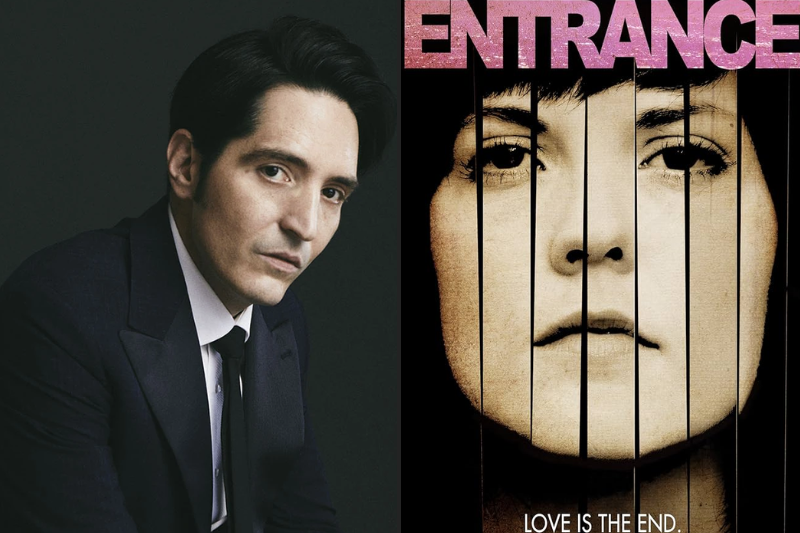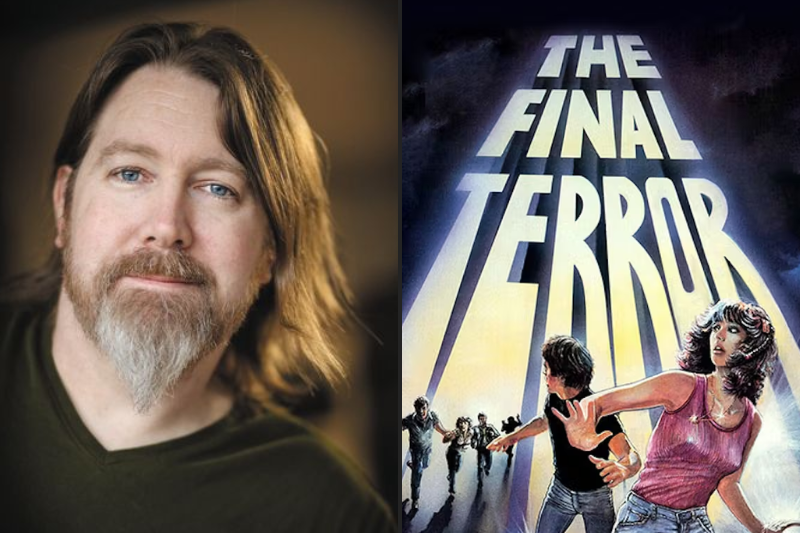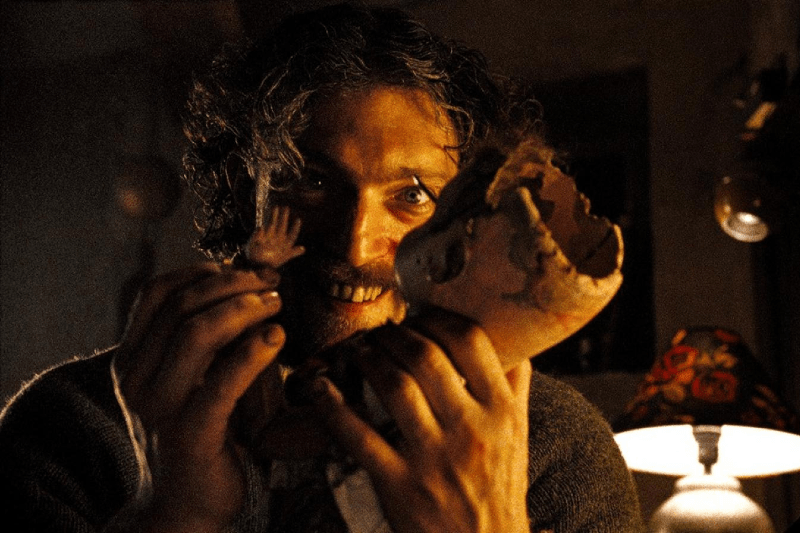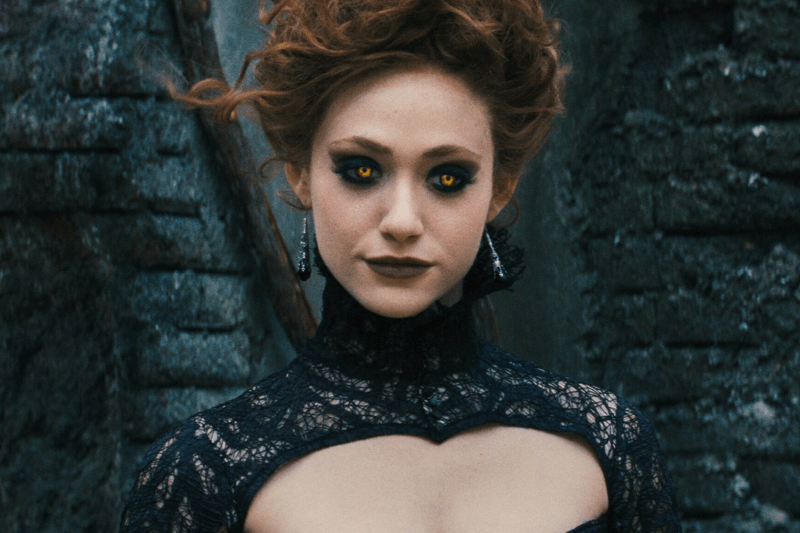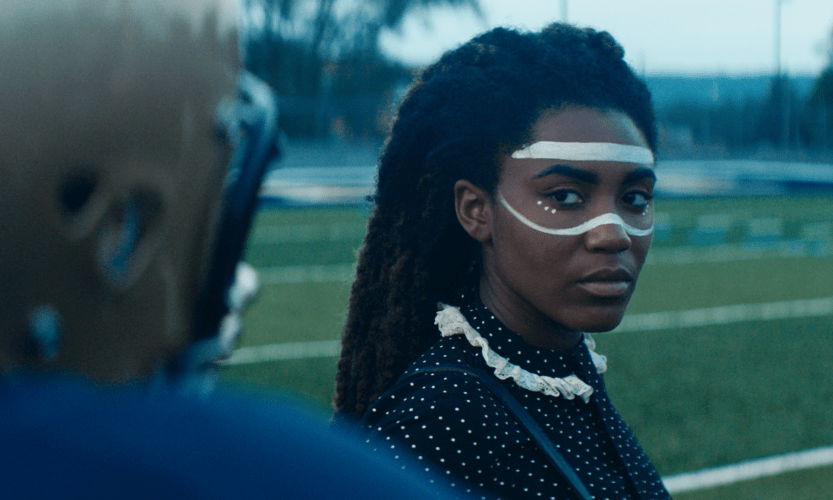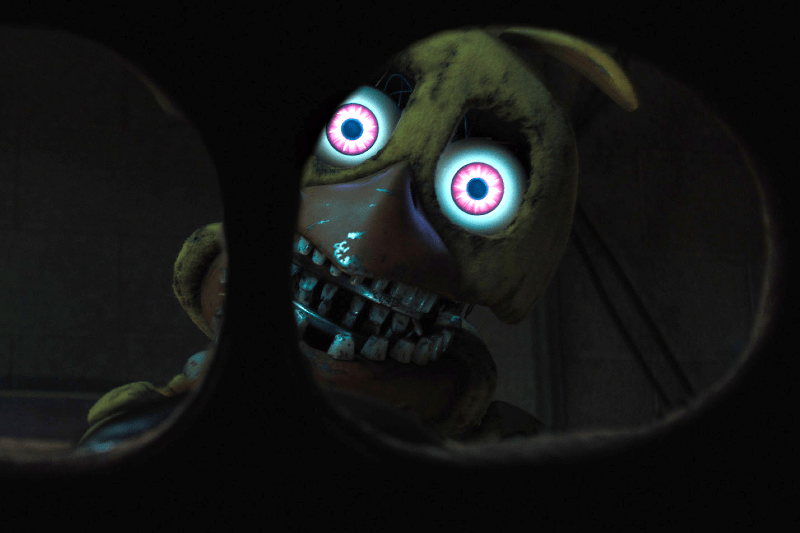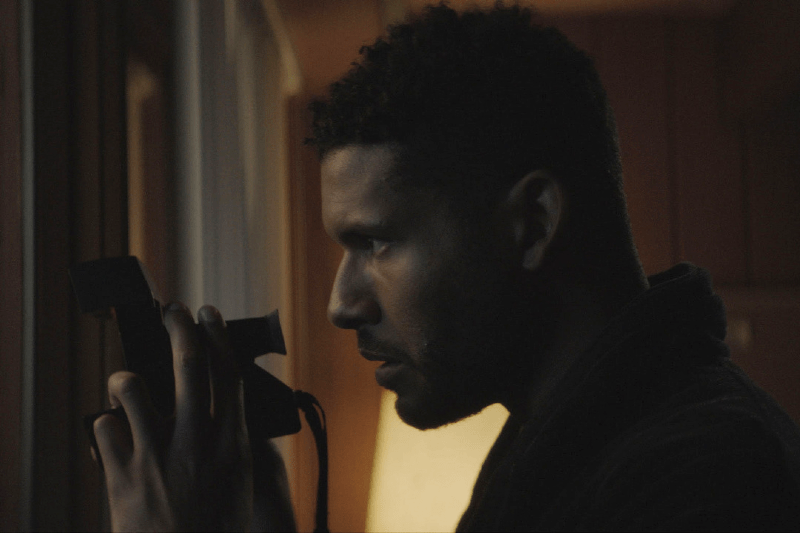‘The Sacrifice Game’ Brings Horror Home for the Holidays
Molly Henery shares horror for the holidays with her essay on Jenn Wexler's Christmas film 'The Sacrifice Game.'
Listen to the Certified Forgotten Podcast
Podcast: Kate Siegel on ‘Ghostwatch’
'V/H/S/Beyond' filmmaker Kate Siegel joins Certified Forgotten to talk about her directorial debut and Lesley Manning's 'Ghostwatch.'
Podcast: David Dastmalchian on ‘Entrance’
'Late Night with the Devil' star David Dastmalchian joins Certified Forgotten to discuss 'Entrance,' one of his favorite underrated slashers.
Podcast: C. Robert Cargill on ‘The Final Terror’
Screenwriter C. Robert Cargill ('The Black Phone') joins Certified Forgotten to discuss Andrew Davis's anti-slasher 'The Final Terror.'
Podcast: Meredith Borders on ‘The Peanut Butter Solution’
Fangoria senior editor Meredith Borders returns to the podcast to talk about gateway horror cult classic 'The Peanut Butter Solution.'
Spotlight: Horror for the Holidays
New Articles
Podcast: ‘Silent Night, Deadly Night’ Gets Uncertified
Matt Donato and Matthew Monagle sit down for a conversation about Mike P. Nelson's 'Silent Night, Deadly Night' remake
Podcast: ‘Five Nights at Freddy’s 2’ Gets Uncertified (with BJ Colangelo)
Film critic BJ Colangelo joins Matt Donato to discuss 'Five Nights at Freddy's 2,' the latest adaptation of the popular video game series.
Will Letterboxd’s Video Store Be Good for Indie Horror?
Film distribution guru James Emanuel Shapiro explains why Letterboxd's Video Store strategy has good intentions but tough sledding ahead.
‘Spiral’ Is a Warning That Bleeds Through the Screen
Christine Makepeace explains why Kurtis David Harder's 'Spiral' has only increased in urgency since its release.


